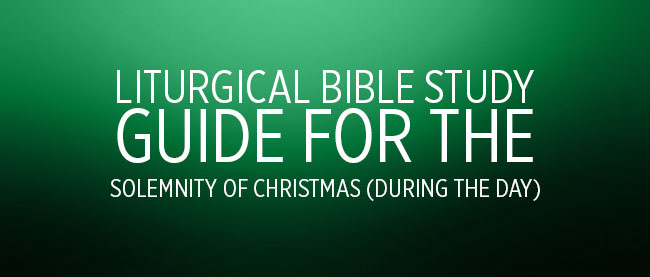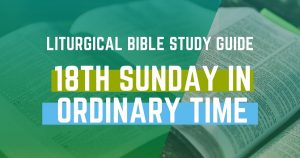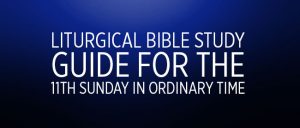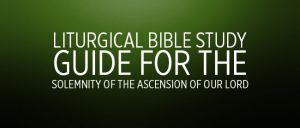1st Reading – Isaiah 52:7-10
The period of advent is now completed and we celebrate the birth of our Lord some 2,000 years ago. Jesus, the Messiah, is the fulfillment of the Old Testament prophecies.
During the Advent season we heard some of these prophecies and today we hear another. This one, by Isaiah, the greatest of the Old Testament prophets (greatness being measured by the volume of their writings). Isaiah was called to his vocation at the end of King Azariah of Judah’s reign (around 744 B.C.). Jewish legend relays the story of his martyrdom (by being placed in a hollow log and sawn in half) in 687 B.C. under the wicked King Manasseh.
Isaiah was a gifted writer, rhetorician, and poet, and much of his popularity was gained by his talent with words. This fact caused some of his later admirers to join their own writings to his. However, nearly all of the first 39 chapters of his book are still attributed to him by modern scholars. But there are large parts of the Book of Isaiah (chapters 40 thru 55) which some say are better ascribed to Isaiah II (Deutero-Isaiah/Babylonian Isaiah) as they seem to describe the Babylonian exile (587 to 538 B.C.), and to Isaiah III (Trito-Isaiah/Isaiah of the return) who lived a century or so later (Chapters 56 thru 66).
These attributions to other, although unknown, authors are very recent (began in the late 19th century) and at the time of Jesus, all attribution was to the single author, Isaiah.
Our reading today is the prelude to the prophecy of the coming of Christ (the suffering servant) the suffering servant song itself is Isaiah 52:13 through 53:12.
2nd Reading – Hebrews 1:1-6
The identity of the author of Hebrews is unknown. With the exception of 1 John, it is the only New Testament epistle that begins without a greeting mentioning the writer’s name.
Its ascription to Paul goes back at least to the end of the second century in the church of Alexandria. According to Eusebius it was accepted as Paul’s work by Clement who, in this matter, followed the view of Pantaenus. Clement believed that Paul had written it in Hebrew for Hebrews and that Luke had translated it into Greek. Tertullian ascribed it to Barnabas. Today the Church does not ascribe authorship which is why we find it, with James; nestled between the epistles of Paul and the epistles of Peter. Note that the New Testament is divided by author and then in order of decreasing length of the writings.
The purpose of Hebrews is to demonstrate that the old covenant, specifically the worship of the old covenant, has been superseded by the sacrifice of Jesus, which inaugurated the new covenant.
Gospel – John 1:1-18
Mark and John are the two gospels which do not have a birth narrative. At first thought, it seems odd to be hearing this Gospel on the day we celebrate the birth of Jesus the Christ. However, a closer look at this reading reveals that John, faithful to Semitic tradition, begins with a genealogy. The Gospel of Matthew traces Jesus’ genealogy from King David (Matthew 1:1-17); the Gospel of Luke traces Jesus’ genealogy all the way back to Adam (Luke 3:23-37). John’s gospel, however, gives a genealogy of divine, not human origins.





